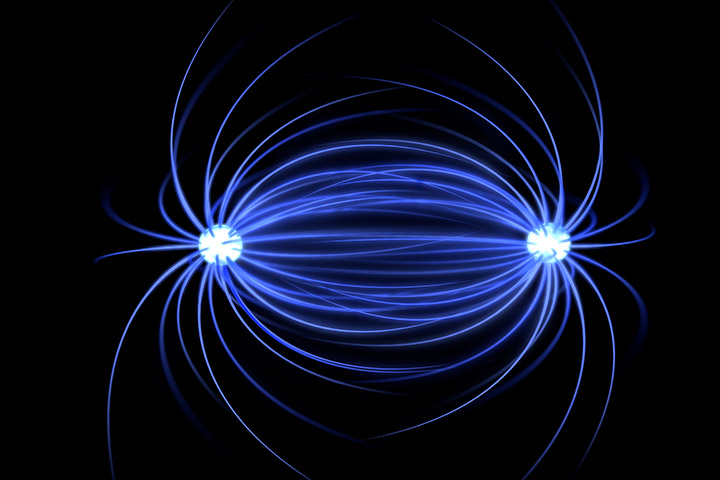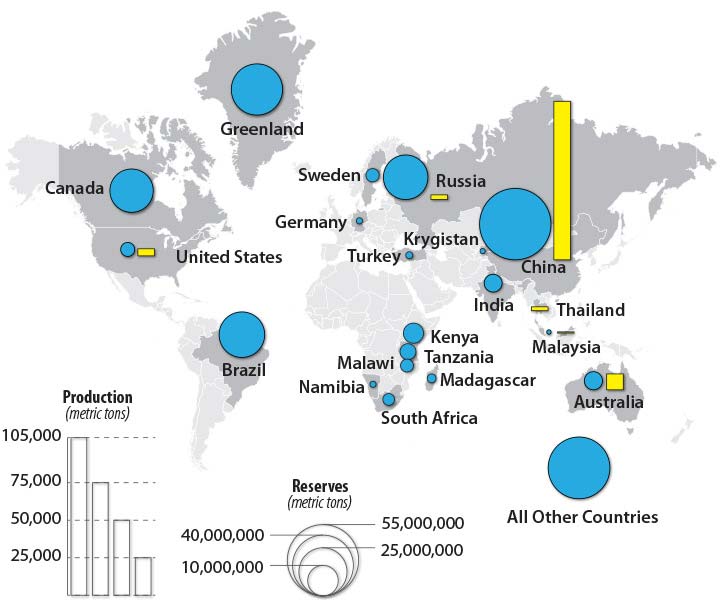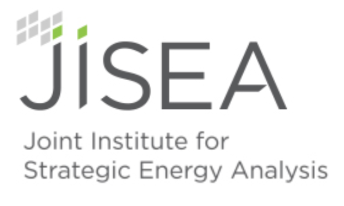The Cooling Superpower of Magnets: Could It Be the Future of Refrigeration and AC?

Magnetic refrigeration is a cooling technology that changes temperature by exposing a material to a magnetic field, also known as the magnetocaloric effect.
April 15, 2020—In recent years, attention has turned toward an innovative option for refrigeration and air conditioning: magnetocalorics.
Researchers from the Clean Energy Manufacturing Analysis Center (CEMAC) and Oak Ridge National Laboratory published a report about this promising technology that could be the next generation of refrigeration and cooling. This is a companion report to an earlier study about market trends and the supply chain of refrigerants.
Unlike conventional vapor compression technologies, magnetocaloric refrigeration (MCR) systems use a water-based fluid and magnets instead of a traditional compressor and refrigerants. The magnets create a magnetic field that heats up the particles in the regenerator (or heat exchanger), which is then removed by the fluid. After heat is removed by the fluid, the magnetic field is removed, causing the regenerator to cool. Heat from the refrigerator is transferred to this by the water-based fluid, thus cooling down the refrigerator.
Magnetocalorics provide an environmentally friendly, cost-effective alternative to traditional refrigerants. The Department of Energy estimates it could offer 20-30% energy savings. Plus, its simple design only requires a few parts.
The key to this technology, though, is sourcing the right materials at a reasonable cost. The analysts looked at the material supply chain and discovered several difficult but important questions for large-scale domestic adoption of magnetocaloric refrigeration systems.
What Materials Are Good Magnetocaloric Substances?
In order for the magnetocaloric effect to work, it needs a rare Earth permanent magnet and magnetocaloric material, which are not widely available and account for 75% of the cost of the entire system.
Gadolinium, lanthanum, and manganese alloys are the three primary magnetocaloric materials. Of these, the analysts identified Lanthanum alloys as the most likely candidate for commercialization in magnetic refrigerators. Lanthanum is commonly used in batteries for electric vehicles, performs highly in MCR systems, and is relatively abundant and inexpensive.
Plus, Gadolinium, Lanthanum alloys operating temperature can be tuned, which is critical for achieving useful temperature lifts in cooling systems.
Global Production and Cost of Select REE
| Element | Approximate Global Annual Production (metric tons)a | May 2016 Spot Price (US$/kg) | Peak Spot Price (US$/kg) |
|---|---|---|---|
| Dysprosium | 870 | 350 | 3,400c–4,000d |
| Gadolinium | 6,500 | 55 | 150f |
| Lanthanum | 10,600 | 7 | 160e |
| Neodymium | 30,000 | 60 | 450b |
Rare Earth Permanent Magnets
The other key component of a magnetocaloric refrigeration system is the rare Earth permanent magnet. These are typically made up of Neodymium (Nd), Iron (Fe), and Boron (B). Nd classifies as a rare Earth element, or REE, which drives up the cost.
The analysts in this study emphasized that the global market for REE poses possibly the biggest barrier to the adoption of magnetocaloric refrigeration systems.
Once REE is mined, it moves directly to processing and is then added into products. It's very difficult to extract REE from this linear supply chain. With both resources and processing capability, China leads the production of rare Earth magnets (~80%–90% of the global supply).

Thanks to large natural reserves of rare Earth elements and an established supply chain, China produces 80-90% of the world's rare earth magnets. Australia is the second largest producer, while many countries have substantial reserves (USGS 2016; Technology Metals Research 2015).
Even the most optimistic estimates in the report suggest supply shortages could occur before 2030. In addition, there are competing uses of these materials, like wind turbines, steel production, electric bicycles, and MRI machines that contribute to an expected supply shortage.
What does this mean for the future of magnetocaloric refrigeration systems?
Could Recycling Be the Answer?
It is possible to recycle rare Earth elements, but the process looks different for each one and is oftentimes challenging, which is why only 1% is currently being recycled.
Consumer electronics like cell phones contain Nd and are touted as prime targets for recycling, but the analysts found that it may not be worth the return on investment; it's a lot of work to extract a very small amount of rare Earth element. The process can easily damage the magnet and lead to a loss of up to 90% of rare Earth element.
Still, some companies are popping up that can extract REE while reducing toxic byproducts—a growing concern with REE processing. For example, Hitachi Global has developed the technology to recycle hard drive discs and air conditioning compressors in eight minutes. That's eight times faster than manually separating the materials.
This rapid innovation keeps open the possibility for more recycling, which could potentially stabilize the supply chain in the future.
There are still many unanswered questions about the future of magnetocaloric refrigeration systems, but the findings indicate that despite the major considerations with supply chain, this technology still offers big potential.
This study was led by Chuck Booten and Margaret Mann from the National Renewable Energy Laboratory, and Ayyoub Momen and Omar Abdelaziz from Oak Ridge National Laboratory, under the Clean Energy Manufacturing Center (CEMAC) program.
For more information, see the full report.
Back to JISEA News >
